A bright sunny day always induces me in get out of the house and investigate local gardens and other favorite places. One never knows what will be spring up from the rocky crevices here. Bright spots of color are seen in berries that have remained over the winter, the earliest buds of bulbs and other winter bloom plants add to interest to the trip. From an edging of green leaves I spot some delicate Cyclamen Coum flowers stick out, I look more closely and see their tiny rounded leaves also there.
Cyclamen coum grow in a wide-ranging area which can divided into 2. The main area is focused around the Black Sea and covers in the west Bulgaria though Turkey moving east into Caucasus into Crimea. The other area is on the Mediterranean Sea from Turkey moving along south through Lebanon into Israel. The name Cyclamen comes from ‘Kylos'(Greek) which means circle and is thought to be referring to the round corms(tubers) which the plant grows from. Coum comes from ‘Kos’ (Greek) which refers to the Greek island Kos which is found in the Aegean Sea. Because of its large range this plant has been divided into 2 subspecies subp. coum and subp. caucasicum.
It is surprising that Cyclamen coum are not as well-known as they should be. Of all the Cyclamen species this one is the most adaptable, it is surprisingly hardy. If it is in a good spot it will happily sow its seeds and soon you will have a tiny forest of new plants. As they are more easy to propagate it is surprising that they are not more commonly seen for sale at the local garden centers or nurseries, maybe it has to do with the time of year that they are most showy…. RIGHT NOW!
The foliage of Cyclamen coum is somewhat variable in it coloring and it is all pleasing to the eye. Leaves range from pure dark smooth green into almost completely silvery to whitish. The leaves are often stitched or edged making this one of the more attractive, although, small-leaved plants at this time of year. Flower colors generally range from a strong magenta through pinks and into almost white, all will have a deep plum blotch at the base of the petals. There is a rare completely white form called Cyclamen coum subsp. coum f.(forma.) albissimum which very beautiful.

The perfectly edged leaves of this Cyclamen coum is tucked in a protected location which easily viewed by all walking by.
All hardy Cyclamen species like the same conditions which are easy to replicate. Cyclamen coum generally likes a dappled site with well-drained soil. Here very good drainage is important as rot is one problem we can have with our extended wet winters. When planting a tuber barely cover it with soil. Seedlings can be transplanted and will bloom within 1 or 2 seasons although they might not look like their parent in markings or flower coloring. Top-dress with a thin layer of fine leaf mold of mulch every year. Always plant the small tubers as soon as you get them.
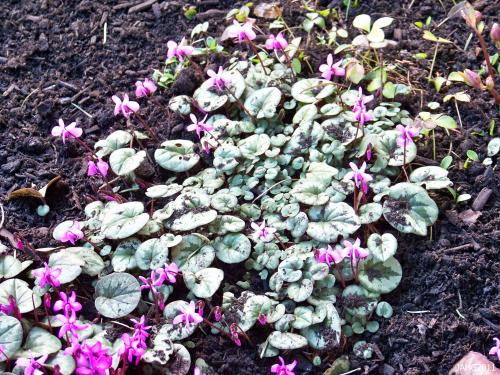
Here younger and older Cyclamen coum are growing together to make a tapestry of foliage and flower color.
Cycleman coum is remarkably hardy and is known to survive in and thrive in gardens where it regularly reaches -33 c.(-28 f.) or zone 4 during the winter. In warm spells it is not unusual to see the brightly colored flowers peaking through the snow. It is a good idea to mark the place you are growing these plants as it is likely that they will go completely dormant during the summer, such is the case here. Here I see them growing under deep canopies of conifers and also happily on a sun baked slope.
Cyclamen coum grow to 10cm (4 in.) high and about the same width. They are perfect subjects for alpine and rockery gardens, winter gardens, woodland, mass planting, container plants for winter interest and deer or rabbit resistant gardens. Their tiny flowers are fragrant and make a charming addition to a floral arrangement.
Comparing Cyclamens:
The sub species deciphered: http://www.cyclamen.org/coum.htm
How to grow and propagate the tiny plants: http://www.sunfarm.com/plantlist/cycons.htm
A look at some of the other species which are grown: http://www.pacificbulbsociety.org/pbswiki/index.php/CyclamenSpeciesOne
……….See You Really Soon I hope……….

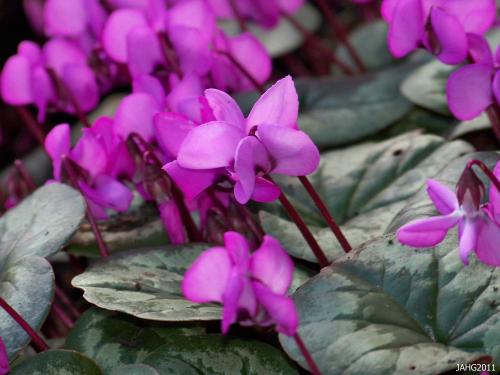









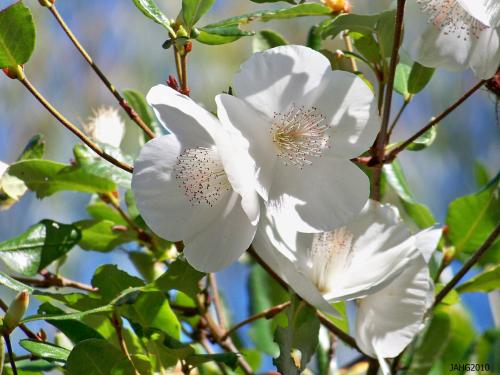
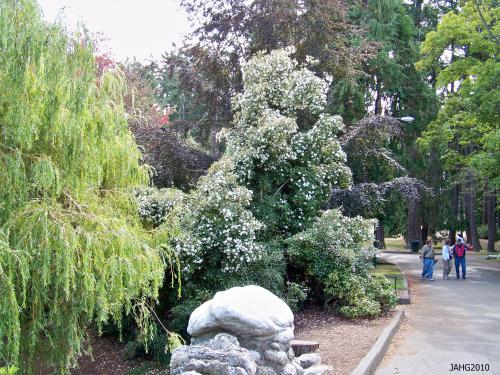
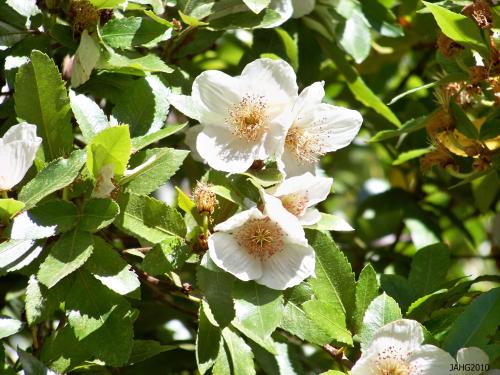
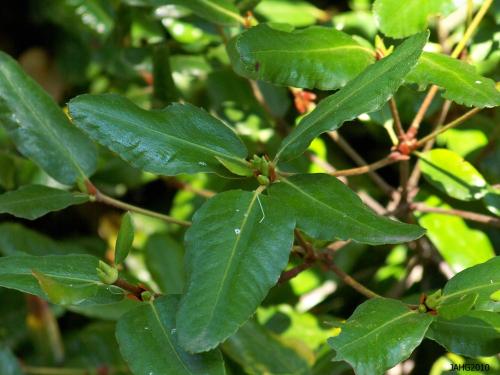
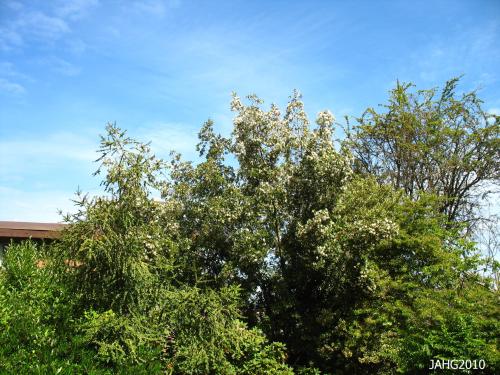
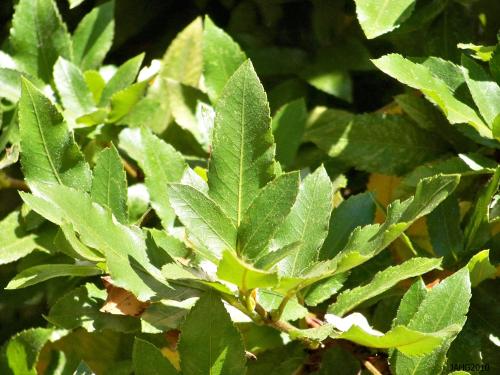






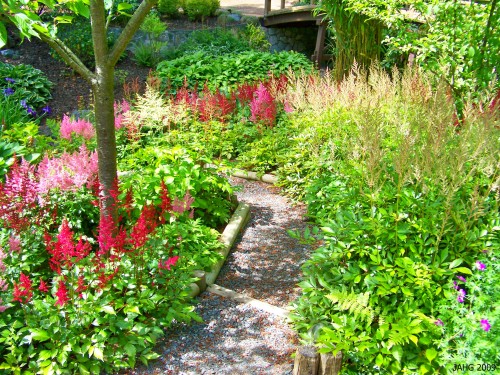































 Stumble It!
Stumble It!






